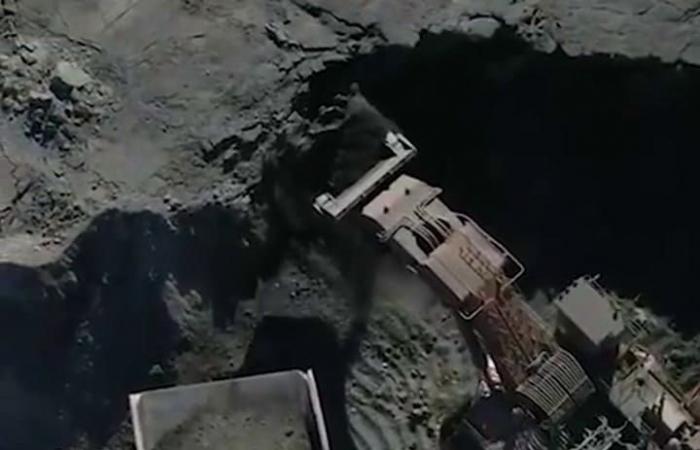A scientific team from Columbia University raised A new hypothesis On the origin of gold in the universe, challenging the predominant theory that attributed its formation exclusively to collisions between neutron stars. The research, backed by data from the Integral Telescope of the European Space Agency (ESA) and NASA missions, was highlighted in a recent National Geographic article.
Magnetars are a rare type of neutron star with extremely intense magnetic fields. Under certain conditions, these stars can experience a “Giant eruption”an explosive event that releases huge amounts of energy. According to the study, these rashes could generate adequate conditions for the formation of heavy elements such as gold and uranium.
During these eruptions, the surface of the magnetar would reach a density and pressure such that it would allow a rapid capture of neutrons by light atoms. This process, known as R processresults in unstable isotopes that, by disintegrating, originate heavier elements.
-The investigation argues that These types of events could have occurred in very early stages of the universelong before the star collisions were common. This would offer a new explanation about how and when the heavy elements that are scarce and valuable on earth formed today.

Although the study represents a promising alternative to understand the origin of gold, the authors themselves recognize that their conclusions still do not constitute a definitive evidence. The lack of direct evidence and the complexity of replicating or observing these phenomena in detail feed skepticism within the scientific community. However, the finding opens new lines of research on the formation of heavy elements and the role of magnetares in the chemical evolution of the cosmos.
*By Camila Paola Sánchez Fajardo.







